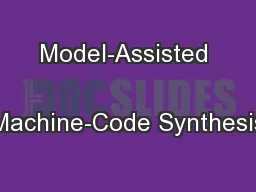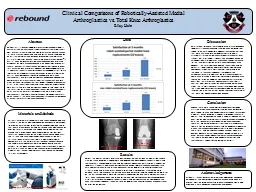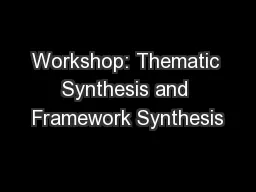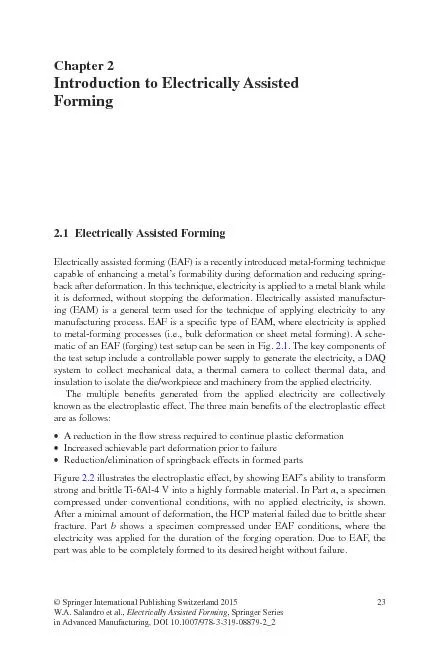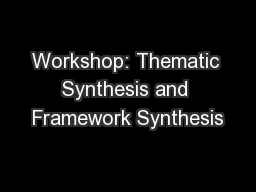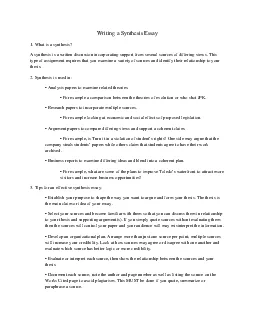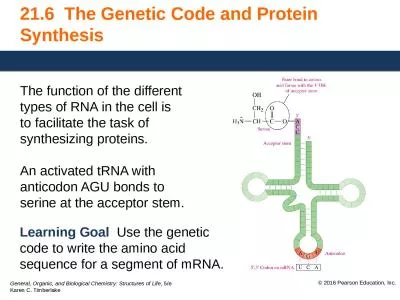PPT-Model-Assisted Machine-Code Synthesis
Author : ellena-manuel | Published Date : 2018-11-04
Venkatesh Srinivasan Ara Vartanian Thomas Reps venk aravart repscswiscedu 1 Venkatesh Srinivasan is now at Google Software is everywhere Everyday systems
Presentation Embed Code
Download Presentation
Download Presentation The PPT/PDF document "Model-Assisted Machine-Code Synthesis" is the property of its rightful owner. Permission is granted to download and print the materials on this website for personal, non-commercial use only, and to display it on your personal computer provided you do not modify the materials and that you retain all copyright notices contained in the materials. By downloading content from our website, you accept the terms of this agreement.
Model-Assisted Machine-Code Synthesis: Transcript
Download Rules Of Document
"Model-Assisted Machine-Code Synthesis"The content belongs to its owner. You may download and print it for personal use, without modification, and keep all copyright notices. By downloading, you agree to these terms.
Related Documents

